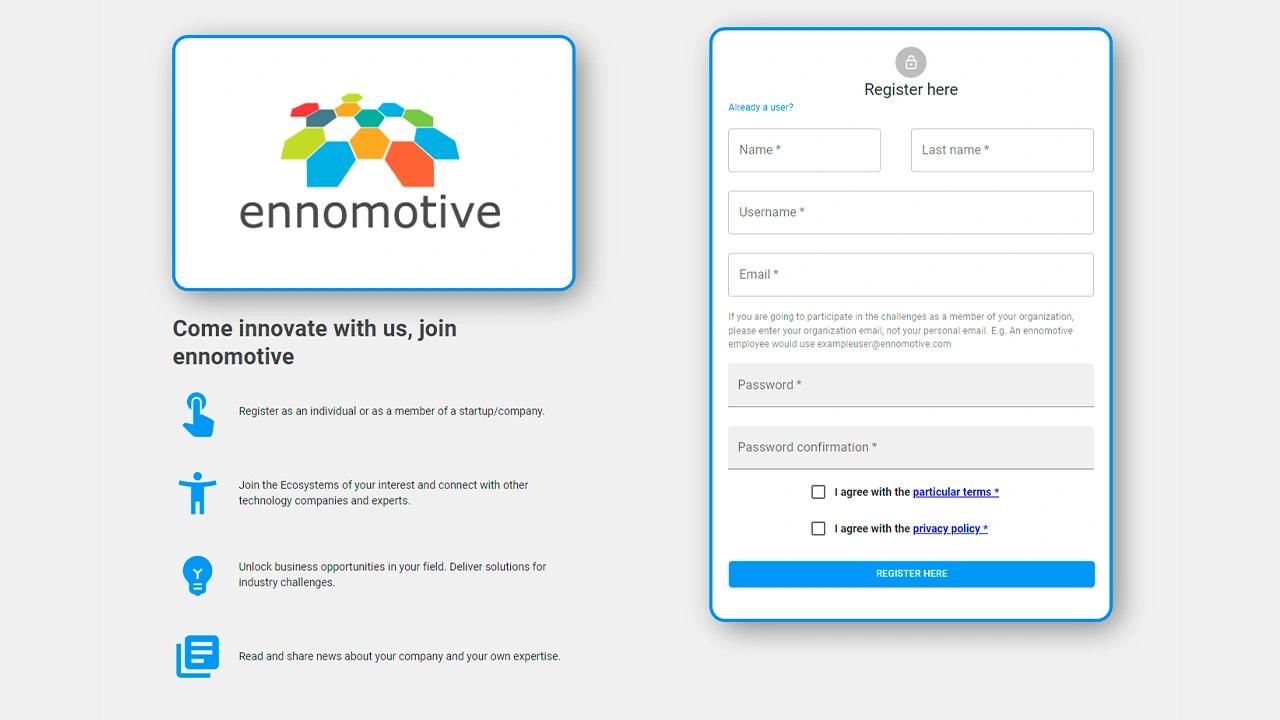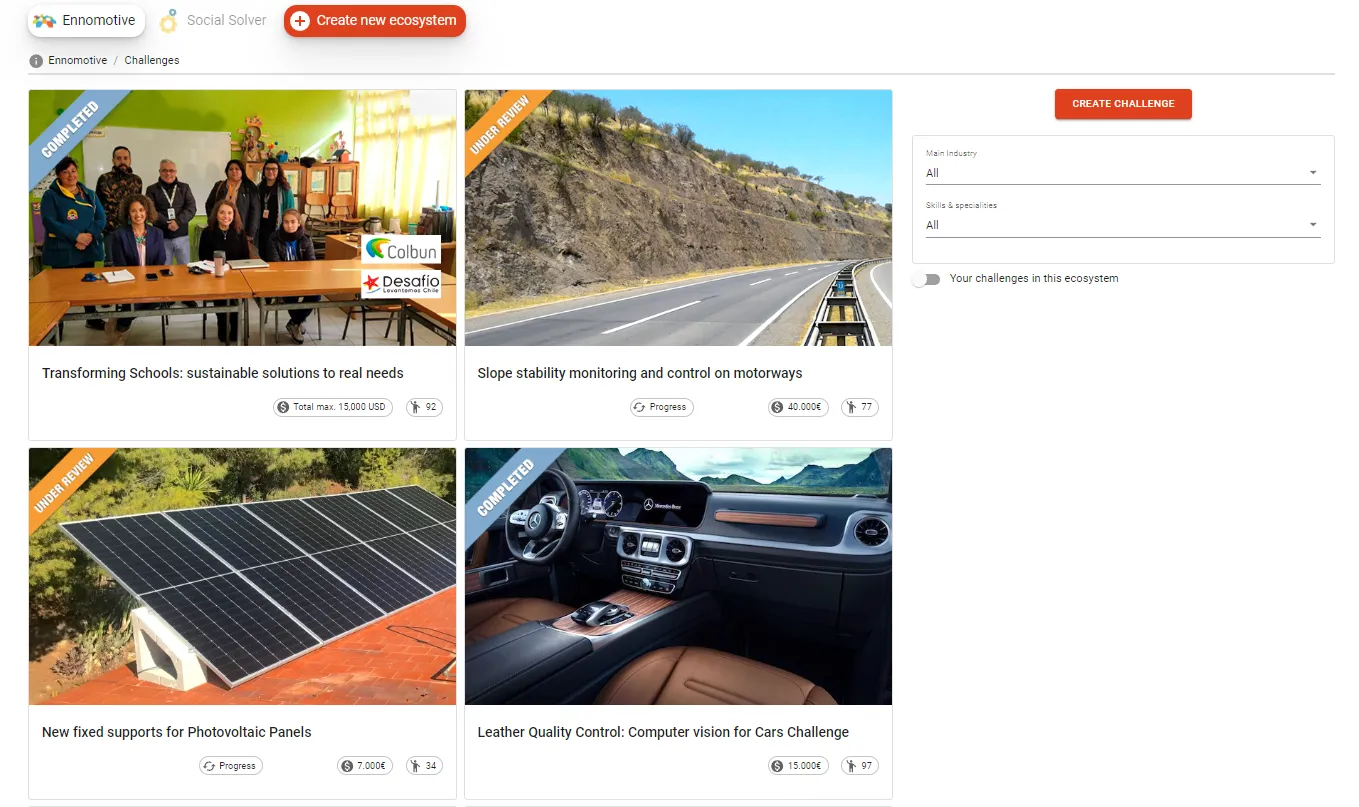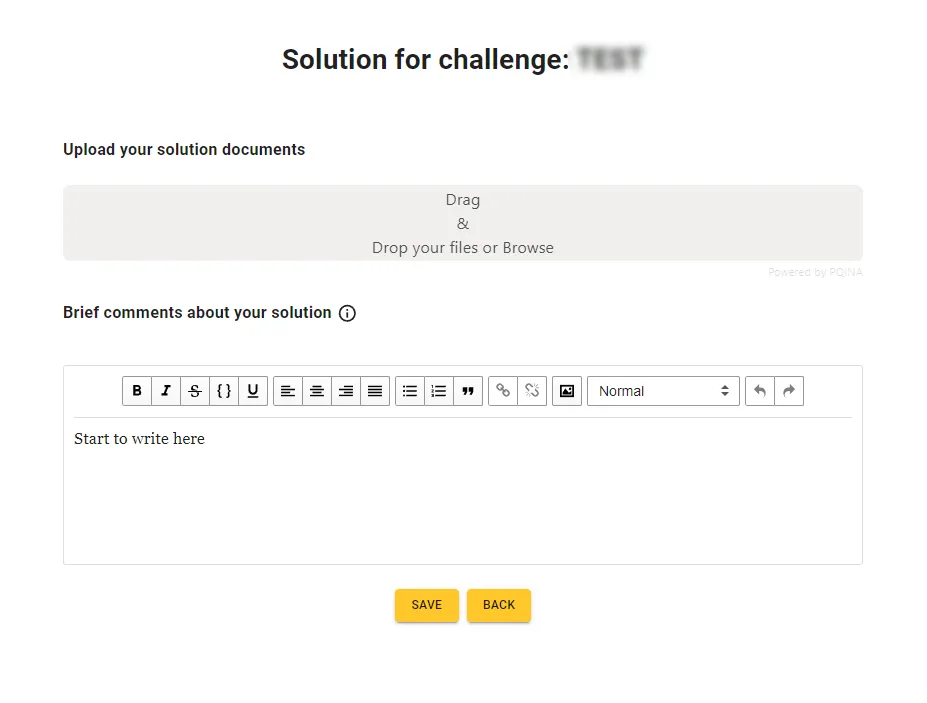Background
Grupo Antolin is one of the largest players in the car interior market internationally and the first global supplier of headliner substrates. Grupo Antolin started its business journey in the 1950s as a mechanics garage in Burgos, Spain, and today it has become a leading multinational company in the development, design and manufacturing of interior components for the automobile industry with a long industrial tradition and mastery of a broad technology portfolio.
The company is a key reference in the automotive sector, offering products with high-added value to outfit automobile interiors: Overheads & Trunk Trim, Doors & Hard Trim, Lighting and Cockpits & Consoles. GA is a profitable, competitive company established in 25 countries where more than 30,000 individuals provide their skills. Creativity, leadership and client satisfaction continue to be the core values of the Company today, which are the best recipe for success in the future.
The challenge
Traceability is becoming increasingly important in the control of production processes and the marketing of products.
Traceability is mostly used for internal analysis towards Total Quality but also, on certain occasions, for customer requirements.
However, with the emergence of the fourth industrial revolution, product design, manufacturing, and selling are changing radically thanks to a much more flexible production, customization, "zero lot" manufacturing, time to market, etc. These new paradigms that require new solutions.
This light, flexible, and smart manufacturing requires the greatest amount of information about the products throughout the entire production process and how the variables affect the final product and the behavior of the process itself.
Consequently, traceability has become an indispensable requirement within the value chain,
Since traditional traceability solutions do no longer work in the car headliner manufacturing industry, some factors need to be considered:
- Direct contact with chemical agents such as adhesives
- Forming process next to the piece, being able to reach high radius and angles.
- High pressures
- High temperature gradients
- Sudden movements
- Industrial environments, with the presence of machinery.
- Storage in metal cage type containers.
See annexes:
- Annex 1: GA’s overheads examples.
- Annex 2: elements within the sandwich of materials integrated in the headliner (provide thickness of the materials, if possible).
- Annex 3: manufacturing process information and data.
What the client is looking for
The challenge is to find a "sensorization and data collection " solution that can gather this information in a database for each product and support the environmental requirements of each step of the process.
The solution must be environmentally friendly and sustainable..
Evaluation criteria
Submissions will be assessed according to the following criteria, in order of importance:
- No human intervention during data collection.
- Ability to ensure the veracity of the information.
- Lowest possible cost due to expected high production volumes.
- Ability to ensure the physical integrity of the solution after the physicochemical requests to which it will be submitted in the process.
- Other requirements:
- To ensure the collection speed within the cycle times of the process.
- Robustness of the system. Zero error is expected.
- Simple concept of the solution
- Low-energy consumption for implementation and operation
- Ability to scale up to different locations and processes
- Environmental impact close to zero
- Minimum life cycle of ten years
This is a 1-round tournament with the following submissions:
PDF Document including:
● Description and models/sketches of the proposed solution.
● Solution rationale of how the proposal ensures the individual traceability of the product from raw material to finished good.
● Feasibility evidence of the defined solution meets the requirements.
● Estimated solution costs.
Tournament Structure and Timeline
This is a one-round challenge with the following deadlines:
● 6 weeks + 4 weeks for evaluation



